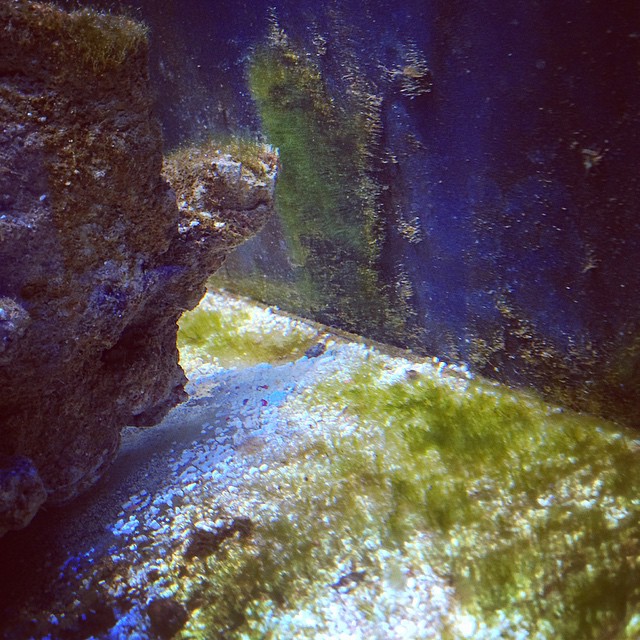You cannot build a house without good foundations, the same goes for a saltwater tank. Before rushing into it, take your time to let everything settle in. This process is called the startup cycle or nitrogen cycle. But what is the nitrogen cycle and why is it necessary? Simply put; because you need to boost the bacterial population that will act as a natural filter later on and this process takes time.
There are other ways but I will give you a bit more information about the startup cycle if you work with live rock.
This article is a part of The Nano Reef Blueprint, if you’re interested to know more? Check it out, by clicking here.
The nitrogen cycle in short
During the transport of live rock, some of the organisms and life living on and in the rock will die. When this happens, ammonia is formed. This is toxic to fish and other life. After some time when bacteria have a high enough population, they oxidize ammonia to nitrite, another toxin. This mostly happens around the first or second week. When this nitrite peak occurs, you can expect a lot of brown algaes to pop up, conveniently known as the brown algae phase. When you think it can’t get any worse, think again 🙂 No worries, this is completely normal and part of the process.
Take a look at my tank during this phase, it wasn’t always a looker. 🙂


When more beneficial bacteria develop, after about 3 to 4 weeks this nitrite will be converted to nitrates. Resulting in lots of green algaes or, (yup) the green algaes phase. Nitrates are not toxic, unless in high amounts.


Give it another 2 to 4 weeks to let the tank balance out and you are good to go! To get rid of all the green algaes, we can add a cleanup crew to the tank about 6 to 8 weeks after the initial startup.


Hi
Its godfather here ?
I started my reef tank with deadrock and ro/di water and everything that needed. But unfortunently i used sand from the beginning. Today I tested my water nitrogen parameters: NH3 0.6 , NO2 more than 1 , NO3 1
Now thats the question! I have no living thing in my tank and no source for ammonia, can I use ammonium chloride for ammonia source?
Hey Brando,
I know there is a technique where you add ammonium chloride but in my experience this will only give you a very long cycle before balancing can start as you still need the right bacterias to break it down into nitrite… But to break nitrite down into nitrate you need a different kind of bacteria strain, and so on… Basically the way to a balanced tank is to have a wide variety of bacterial strains to be able to act as a filter and break down the waste (ammonium/ammonia) your future inhabitants will produce.
A better option is to add bacterial strains (from a bottle) and if you have the possibility, at least some small pieces of live rock, or in your case even better, real reef rock. Real reef rock gives you the advantage of working with dead rock but it contains the essential bacterias you need in your tank.
If you do wish to work with just dead rock, be sure to cook it long enough before putting it in your tank (But as your NO3 is 1, I believe you skipped this step? 🙂 ). And the best option then is to use saltwater and/or sand from a well established tank (if you have this possibility) combined with bacterial strains from a bottle. This will be the fastest way to get you started and you shouldn’t get too much startup problems. You can even add fish relatively quickly (normally you don’t get the nitrite peak as there’s no dead waste inside, but as your nitrite is not 0, don’t do this immediately) so they provide the bactaria with a food source and they can keep growing its population. You could also just keep adding fish food to the tank to pollute it a bit.